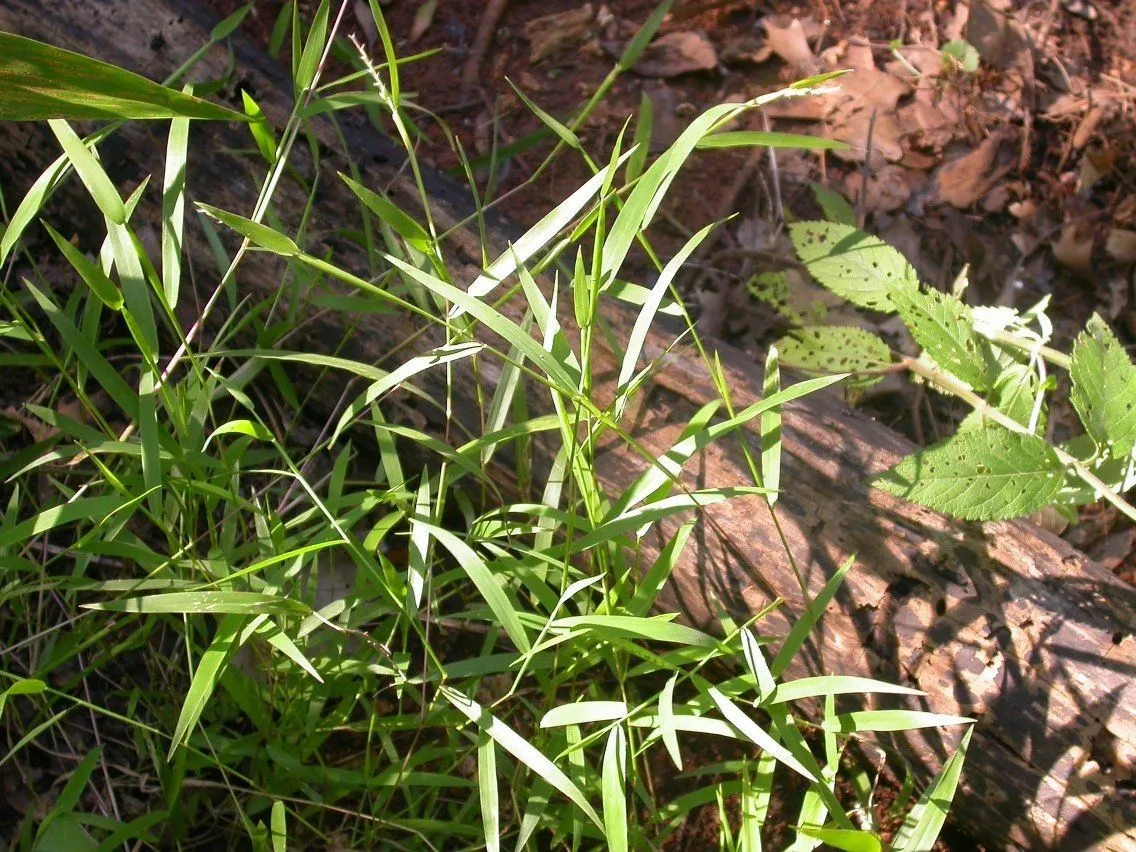
Author: (Thunb.) Kunth
Bibliography: Révis. Gramin. 1: 30 (1829)
Year: 1829
Status: accepted
Rank: species
Genus: Eriochloa
Vegetable: False
Observations: Russian Far East to Vietnam and Temp. E. Asia
Hairy cup grass, scientifically referred to as Eriochloa villosa, belongs to the diverse and widespread family of Poaceae. This grass holds a significant presence across various regions, extending from the Russian Far East through Vietnam and temperate East Asia. The species was first described in scientific literature in 1829 by Kunth, based on the observations initially made by Thunb.
Eriochloa villosa is characterized by its distinctive hair-covered structure, which provides the grass with its common name, “Hairy cup grass.” This remarkable feature not only aids in its identification but also contributes to its adaptability in different environmental conditions. The Poaceae family, to which this grass belongs, is renowned for its economic and ecological importance, encompassing essential cereal crops as well as various grasses vital for ecosystem stability.
Hairy cup grass thrives in a range of climates, demonstrating considerable resilience and adaptability. Its presence in both the Russian Far East and Southeast Asian countries such as Vietnam highlights its versatility and broad ecological amplitude. Temperate regions of East Asia also serve as suitable habitats, showcasing the plant’s ability to prosper across diverse geographic locales.
In studies and observational records, Eriochloa villosa has been noted for both its robust growth patterns and its potential impact on local flora. As a member of the extensive Poaceae family, it plays a role in the dynamics of plant communities, potentially influencing the composition and structure of vegetation in its native and introduced ranges.
Understanding the specific characteristics and distribution of Hairy cup grass can aid in the management and study of grassland ecosystems. Its attributes make it a subject of interest for botanists and ecologists alike, who continue to investigate its role within the broader context of plant ecology and environmental interaction.
Eng: hairy cupgrass, hairy cup grass, woolly cupgrass
Fra: ériochloé velue
En: Hairy cup grass, Hairy cupgrass, Woolly cupgrass
Fi: Idänsilkkihirssi
Fr: Ériochloé velue
Taken Jan 1, 1900 by EOL − Gerrit Davidse (cc-by-nc-sa)
Taken Jan 1, 1900 by EOL − Gerrit Davidse (cc-by-nc-sa)
Taken Jan 1, 1900 by EOL − Gerrit Davidse (cc-by-nc-sa)
Taken Jan 1, 1900 by EOL − Gerrit Davidse (cc-by-nc-sa)
Taken Jan 1, 1900 by EOL − Gerrit Davidse (cc-by-nc-sa)
Taken Jan 1, 1900 by EOL − Gerrit Davidse (cc-by-nc-sa)
Growth habit>: Graminoid
Ph maximum: 6.5
Ph minimum: 5.5
Light: 8
Atmospheric humidity: 8
Soil nutriments: 5
Family: Myrtaceae Author: (F.Muell.) K.D.Hill & L.A.S.Johnson Bibliography: Telopea 6: 402 (1995) Year: 1995 Status:…
Family: Rubiaceae Author: Pierre ex A.Froehner Bibliography: Notizbl. Bot. Gart. Berlin-Dahlem 1: 237 (1897) Year:…
Family: Sapindaceae Author: Koidz. Bibliography: J. Coll. Sci. Imp. Univ. Tokyo 32(1): 38 (1911) Year:…
Family: Asteraceae Author: A.Gray Bibliography: Pacif. Railr. Rep.: 107 (1857) Year: 1857 Status: accepted Rank:…
Family: Fabaceae Author: Medik. Bibliography: Vorles. Churpfälz. Phys.-Ökon. Ges. 2: 398 (1787) Year: 1787 Status:…
Family: Aspleniaceae Author: (Cav.) Alston Bibliography: Bull. Misc. Inform. Kew 1932: 309 (1932) Year: 1932…